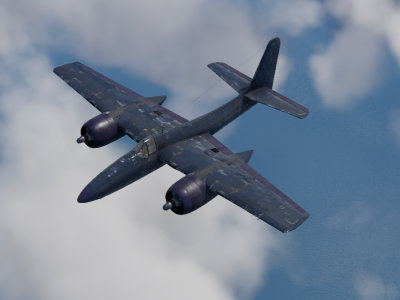
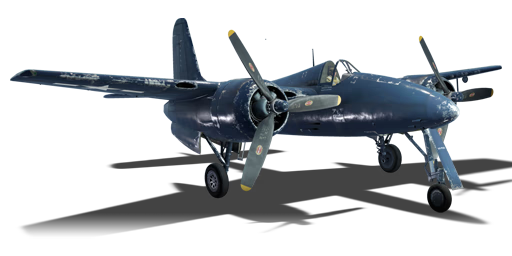

The F7F-3 is a premium gift American twin-engine fighter. It was introduced during Update 1.61 "Road to Glory" in the Operation S.U.M.M.E.R. event of 2016.
The F7F-3 is further development of the US Navy twin-engine fighter, the F7F-1. The third modification is equipped with more powerful engines which allowed for the installation of unguided rockets and which included three Tiny Tims, which are effective not only against ships, but also enemy bases. Although the original F7F could reach a very high speed for a twin-engine fighter, this new machine accelerates even faster both in level flight and in a dive, which makes it an excellent aircraft for "Boom and Zoom" tactics. Like the original Tigercat, the F7F-3 has four 20 mm guns AN/M2 and four 12.7 mm M2 Browning machine guns - a powerful arsenal with a fire rate of almost 8 kg of lead per second!
flaps
flaps
flaps
brake
| Belt | Belt filling | Armor penetration (mm) at a distance: | |||||
|---|---|---|---|---|---|---|---|
| 10 m | 100 m | 500 m | 1000 m | 1500 m | 2000 m | ||
| HEF-I/AP-T | 36 | 33 | 23 | 15 | 9 | 6 | |
| AP-T/AP-T/HEF-I/HEF-I | 36 | 33 | 23 | 15 | 9 | 6 | |
| HEF-I/HEF-I/HEF-I/AP-T | 36 | 33 | 23 | 15 | 9 | 6 | |
| AP-T/AP-T/AP-T/HEF-I | 36 | 33 | 23 | 15 | 9 | 6 | |
| HEF-I | 5 | 4 | 3 | 2 | 2 | 2 | |
| Belt | Belt filling | Armor penetration (mm) at a distance: | |||||
|---|---|---|---|---|---|---|---|
| 10 m | 100 m | 500 m | 1000 m | 1500 m | 2000 m | ||
| API-T/AP/AP/I | 30 | 27 | 20 | 13 | 9 | 6 | |
| AP-I/AP-I/API-T/I/I | 28 | 26 | 18 | 11 | 7 | 4 | |
| API-T/I/AP/AP/AP-I/AP-I | 30 | 27 | 20 | 13 | 9 | 6 | |
| API-T | 28 | 26 | 18 | 11 | 7 | 4 | |
| AP-I/I/AP-I/I | 28 | 26 | 18 | 11 | 7 | 4 | |
| Name | Weight | Slot | ||||||||||
|---|---|---|---|---|---|---|---|---|---|---|---|---|
| 62.8 kg |  |  |  |  |  |  |  |  | ||||
| 534.2 kg | 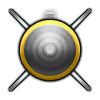 |  |  | |||||||||
| 242.6 kg |  |  | ||||||||||
| 500.8 kg |  |  |  | |||||||||
| 494.4 kg | 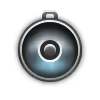 |  |  | |||||||||
| 721.2 kg | 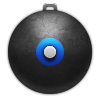 | |||||||||||
| 996.3 kg | 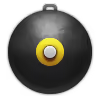 | |||||||||||







 2 x (125 / 255 / 600) %
2 x (125 / 255 / 600) % 
 2 x 184 %
2 x 184 % 

Flight performance | |
|---|---|
Survivability |
|---|
Weaponry | ||
|---|---|---|
